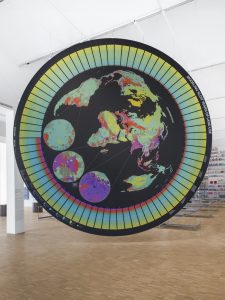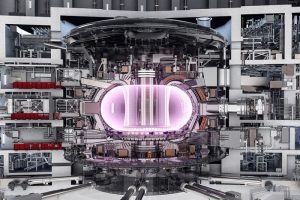The Architecture of Closed Worlds. Or, What Is the Power of Shit?, by architect, engineer and curator Lydia Kallipoliti.
 Lars Müller Publishers describe the book: What do outer space capsules, submarines, and office buildings have in common? Each is conceived as a closed system: a self-sustaining physical environment demarcated from its surroundings by a boundary that does not allow for the transfer of matter or energy. The Architecture of Closed Worlds is a genealogy of self-reliant environments. Contemporary discussions about global warming, recycling, and sustainability have emerged as direct conceptual constructs related to the study and analysis of closed systems.
Lars Müller Publishers describe the book: What do outer space capsules, submarines, and office buildings have in common? Each is conceived as a closed system: a self-sustaining physical environment demarcated from its surroundings by a boundary that does not allow for the transfer of matter or energy. The Architecture of Closed Worlds is a genealogy of self-reliant environments. Contemporary discussions about global warming, recycling, and sustainability have emerged as direct conceptual constructs related to the study and analysis of closed systems.
From the space program to countercultural architectural groups experimenting with autonomous living, this publication documents a disciplinary transformation and the rise of a new environmental consensus in the form of a synthetic naturalism. It presents an archive of 37 historical living prototypes from 1928 to the present that put forth an unexplored genealogy of closed resource regeneration systems.
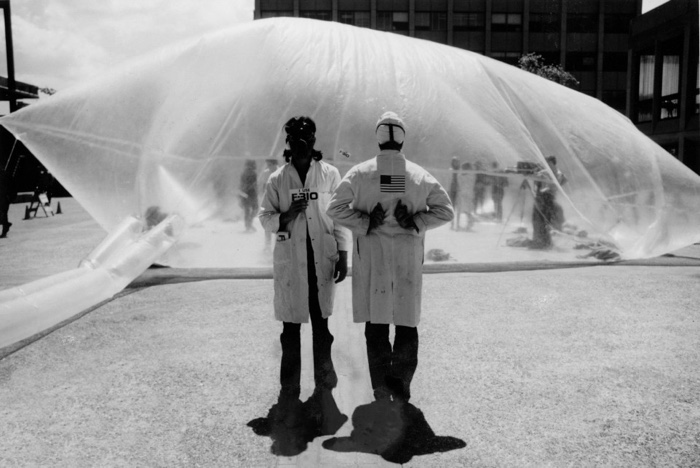
Ant Farm, Clean Air Pod, 1970
If the title of this book doesn’t get your attention, i don’t know what will. Its content deserves all your consideration too. It’s excellent.
Air conditioned office buildings, shopping malls, airplanes, even large areas of cities work as enclosed worlds. But what happens when you push the experiment further? When you attempt to re-create a miniature Earth on Earth (as with Biosphere 2), install villages on the ocean floor or live in isolation with a few other men as if on a journey to Mars?
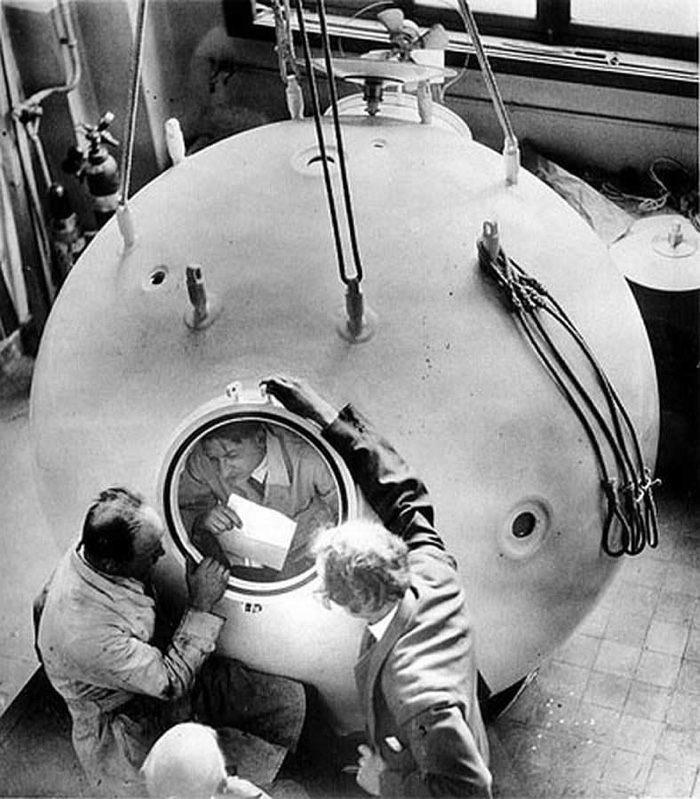
Auguste Piccard, FNRS Balloon to Stratosphere, 1931
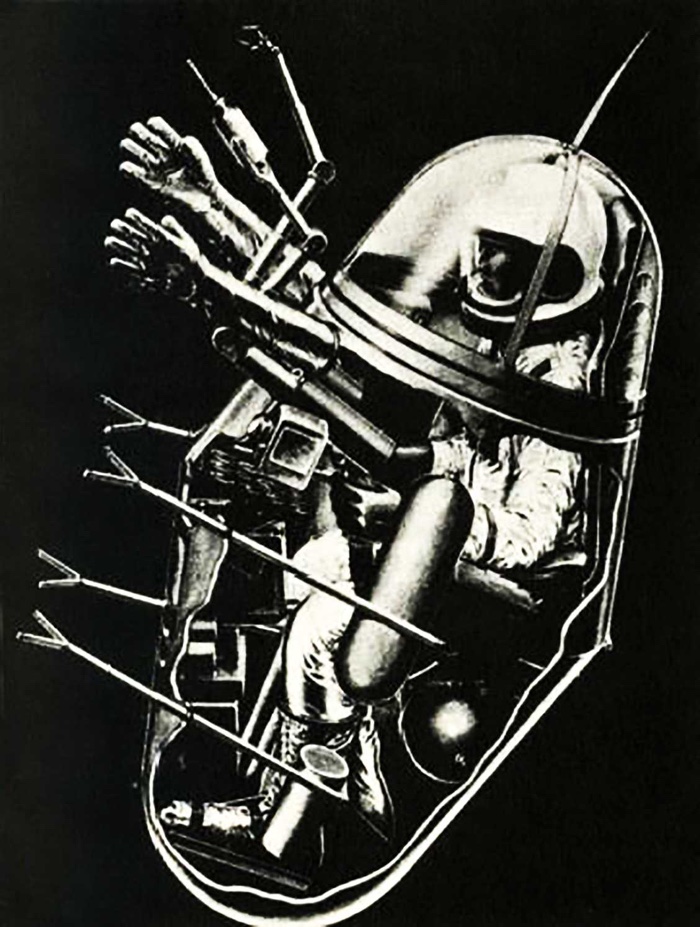
John McHale, Man Plus Exoskeletal System, 1972
Lydia Kallipoliti authored an architecture publication in which architecture assumes a minor role compared to the ones played by biological science, technology and human resilience. Each of the “living prototypes” she examines explores new ideas on autonomy, inter-connectivity, environmentalism and survival.
One of the most striking lessons of the book is that it is extremely difficult to create a miniaturized world without inheriting some of the problems of the surrounding world. No matter how much control was exerted on the synthetic habitats, no matter how ambitious the vision, the breadth of of engineering and human ingeniosity, the results were marred by surprisingly mundane obstacles: gerbils outsmarting the machine, bacteria loss, fingernails and skin infiltrating collectors or simply the difficulty of implementing behavioural changes.
Closed Worlds also raises questions i had never considered. The central one being that shit (and any other type of waste) is part of the ecology of life. Without the digestion and re-circulation of resources and junk you cannot achieve environmental autonomy.
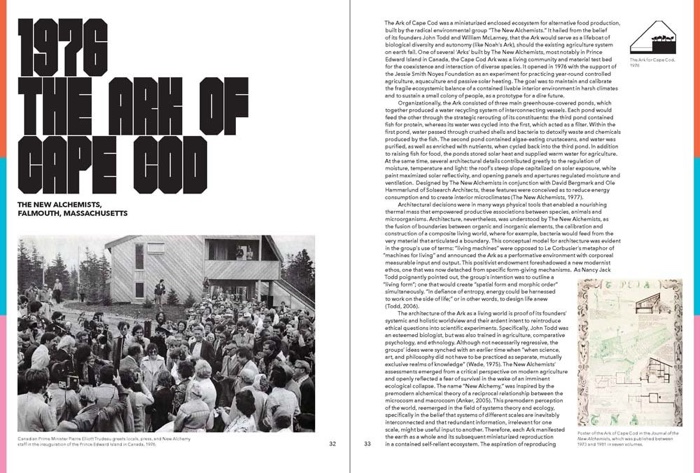
There are 37 historical prototypes in the book. Some evoke fears of nuclear bombs, toxic air quality or imminent ecological collapse. None really manages to solve the problem that motivated the research in the first place. Each prototype is described with a clear language, even with humour sometimes. The presentation is accompanied by a brief analysis of what went wrong in the experiment, a feedback drawing that illustrates the fluxes of resources and often also with a short essay by an architect or other expert who has an in-depth understanding of the prototype discussed.
The Architecture of Closed Worlds is the catalogue of an exhibition that took place at two years ago at Storefront for Art and Architecture in New York. Along with the 37 “Living Prototypes”, the book features a colour-coded timeline that charts their model and how they fare from the point of view of consumption and production of resources as well as the transcripts of lectures given as part of the exhibition programming.
Here are some of the prototypes evaluated in the book:
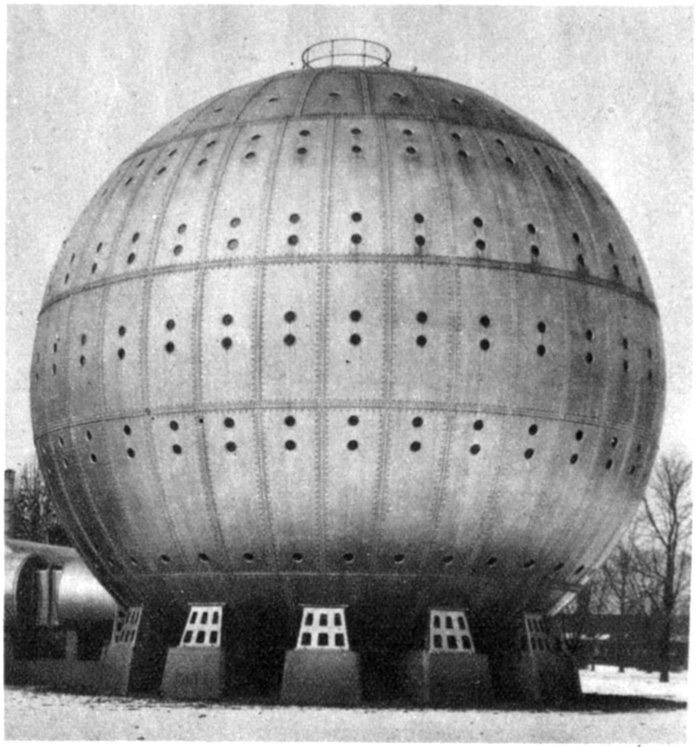
The Cunningham Sanitarium, Cleveland, ca. 1928
Once the largest hyperbaric chamber ever built, Cunningham Sanitarium was a spherical steel structure designed to maintain a pressurized atmosphere and treat various diseases with ‘abundant oxygen’.
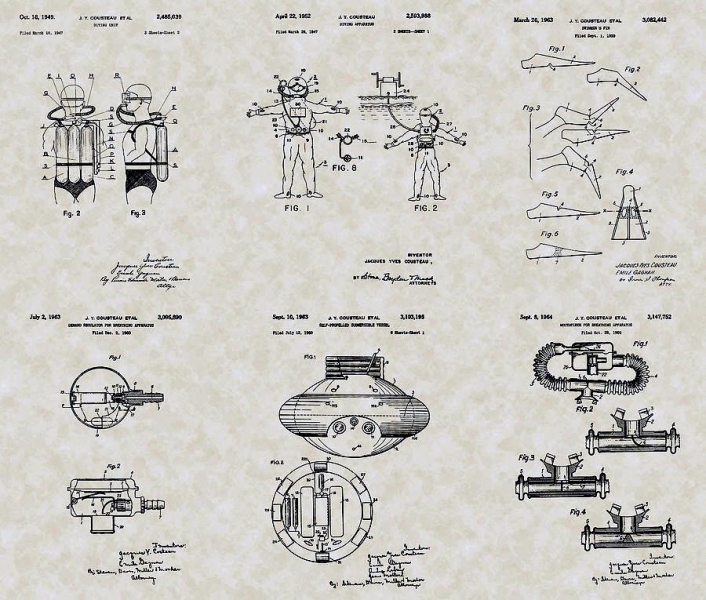
Jacques Cousteau and Emile Gagnan, the Aqua-lung, 1942
Aqua-Lung was an open-circuit, self-contained underwater breathing apparatus (SCUBA) that allowed Cousteau and Gagnan to become “amphibian men” and film and explore more easily underwater.
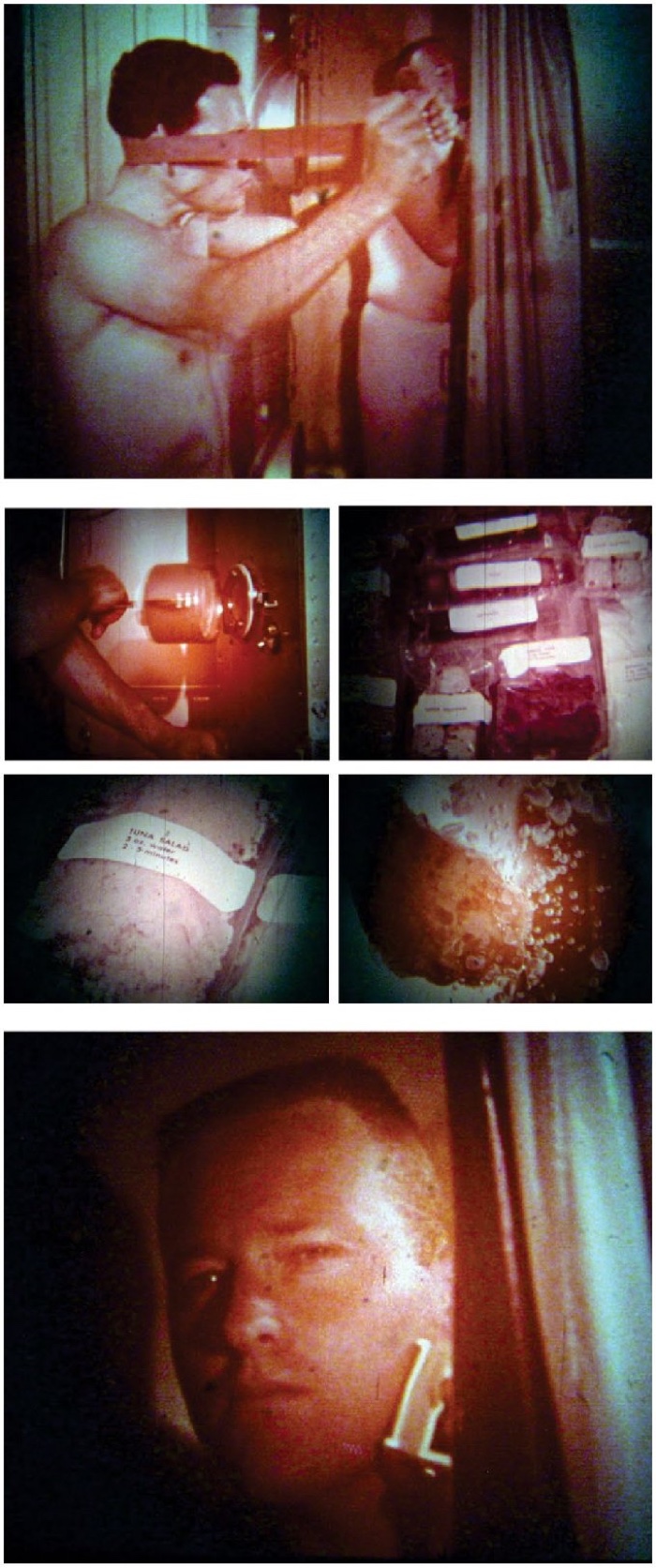
Snapshots from NASA’s promotional motion picture for television, The Case for Regeneration (1960), illustrating daily practices of personal hygiene and nutrition. From the US National Archives, College Park, Maryland
In the early 1960s, the NASA isolated 4 men in a sealable steel spherical hull. The Living Pod was designed to take care of the basic physiological requirements of its inhabitants for a full year, with minimal re-supply once every three months. NASA documented in real-time the residency of the crew in a promotional motion picture for television entitled The Case for Regeneration.
The experiment involved the conversion of all human waste into oxygen, water, and, it was hoped, food. In the enclosed experiment, the subjects experienced nausea, headaches and eventually contaminated the system with their human waste. Shed hair, fingernails and skin started infiltrating the collectors. The experiment ended before the scheduled date.
This failure was a demonstration of the difficulty of ensuring the 100% recyclability of waste required of closed-loop systems.
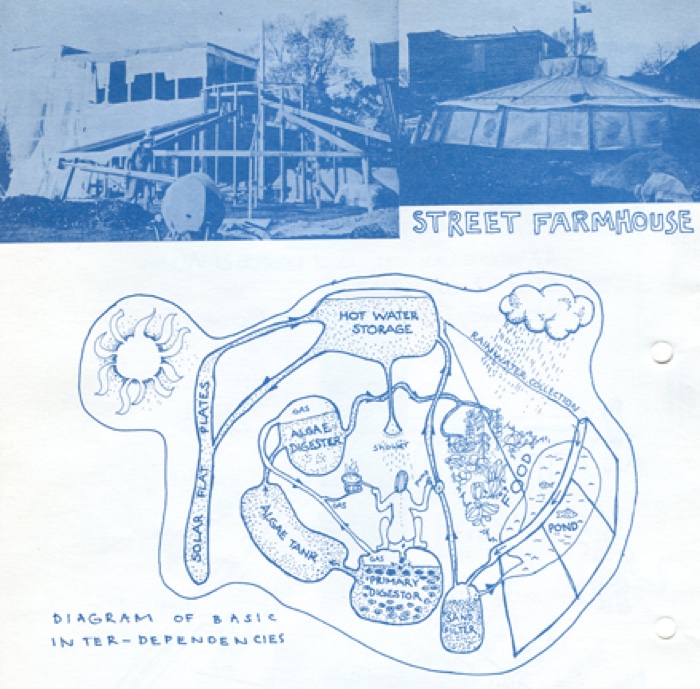
Peter Caine and the Street Farm collective, the Eco-House, 1972
The experiment i found most inspiring happens to be a dwelling system built with so little concern for aesthetics that its neighbours called it an “eyesore” and were delighted when it was demolished.
Peter Caine, a member of the Street Farm collective built one of the earliest ecological houses in central London. The Eco-House was built as a laboratory and living experiment. It was a fully functional, integrated system that converted human waste to methane for cooking and grew fruits and veggies in a hydroponic greenhouse.
For two years, Caine and his family were part of the house’s digestive loop.
The house required constant care and the symbiotic relationship between dwelling and dwellers was such that the house got sick when Caine got sick.
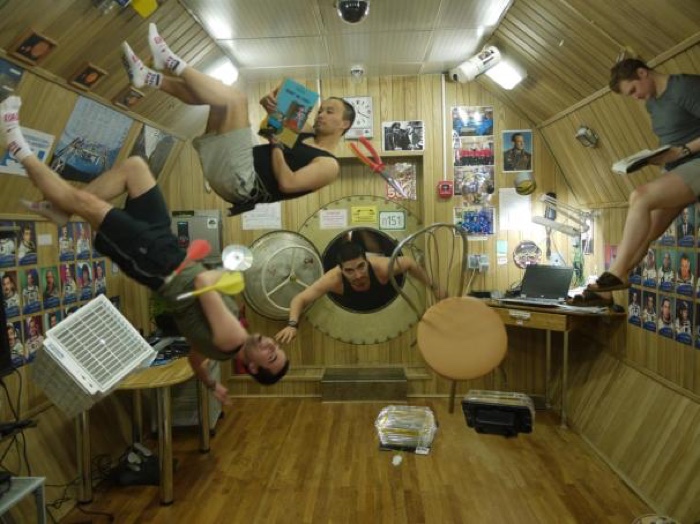
Mars500, Collaboration of Russia, China, and the European Space Agency (ESA), Moscow, Russia, 2007–2011. Photo: European Space Agency
The MARS500 mission was a psychosocial isolation experiment run by the European Space Agency, the Russian Institute for Biomedical Problems and China, in preparation for an unspecified future manned spaceflight to Mars.
The final stage of the experiment, which was intended to simulate a 520-day manned mission was conducted by an all-male crew. The mock-up setting simulated an Earth-Mars shuttle spacecraft, an ascent-descent craft, and the Martian surface.
The study was an overall success in yielding data on the human effects of isolation experienced during a deep space mission. Nevertheless, participants experienced a host of health issues, sleep problems in particular.
The design of the book is particularly spectacular: the typography, the infographics, the layout, the archive images are a joy to look at. See for yourself:
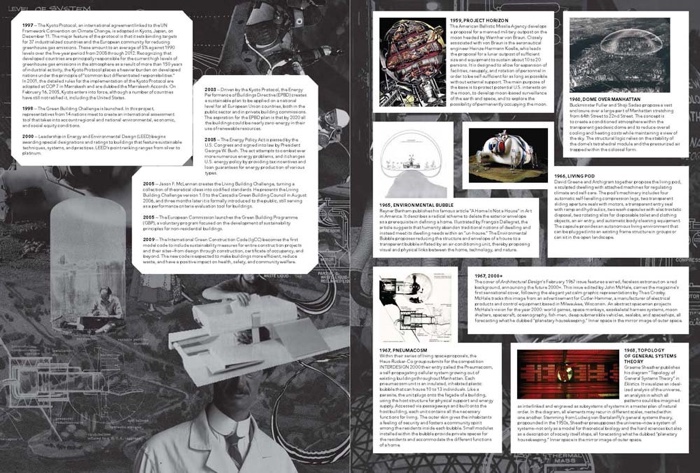
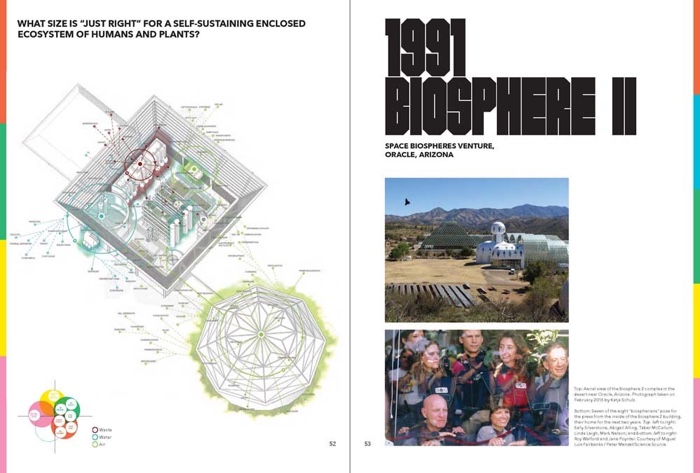
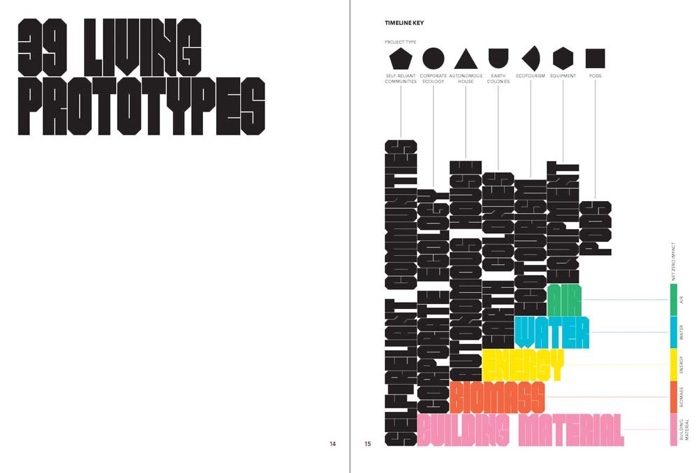
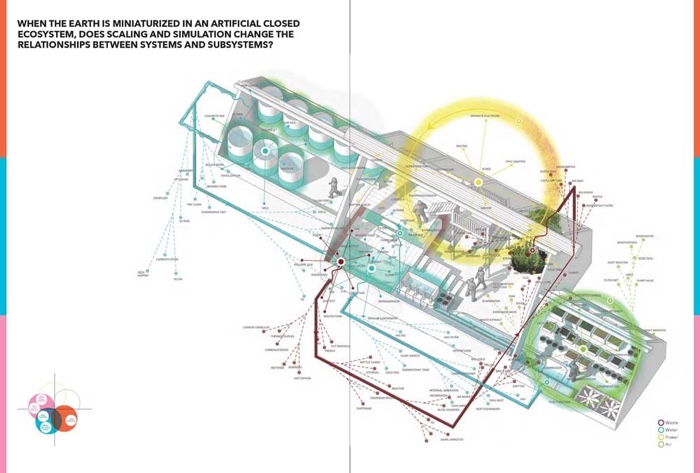
By the way, while doing some research to write this review, i discovered the existence of the Museum of Shit in the North of Italy. I’m actually planning to go as soon as life is a bit quieter over here.




